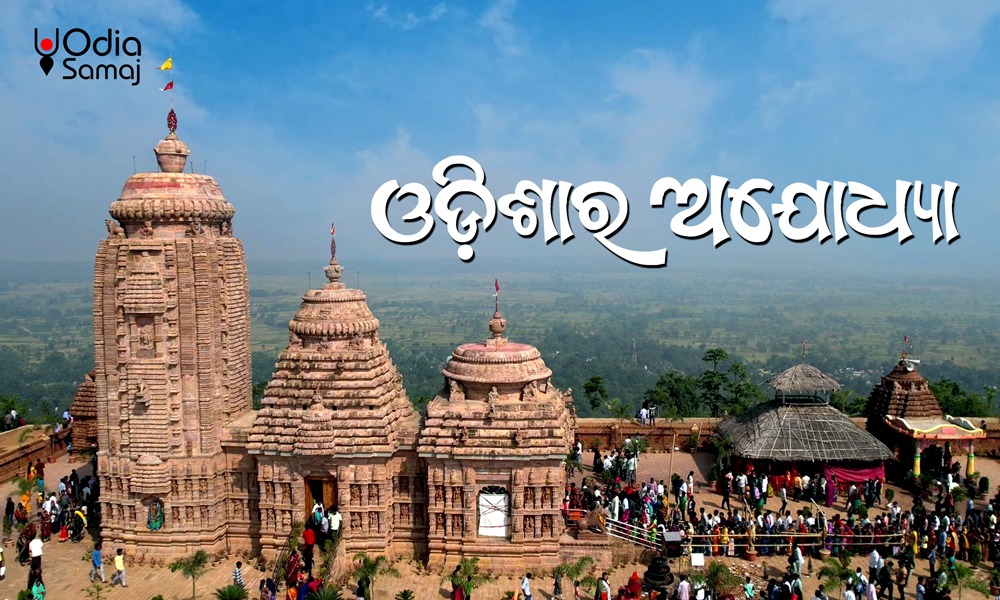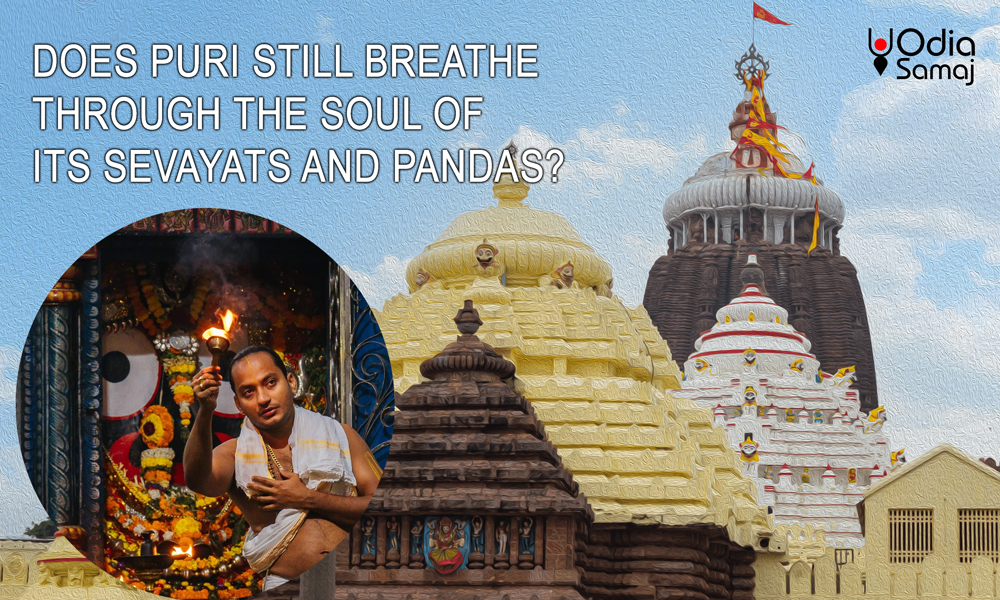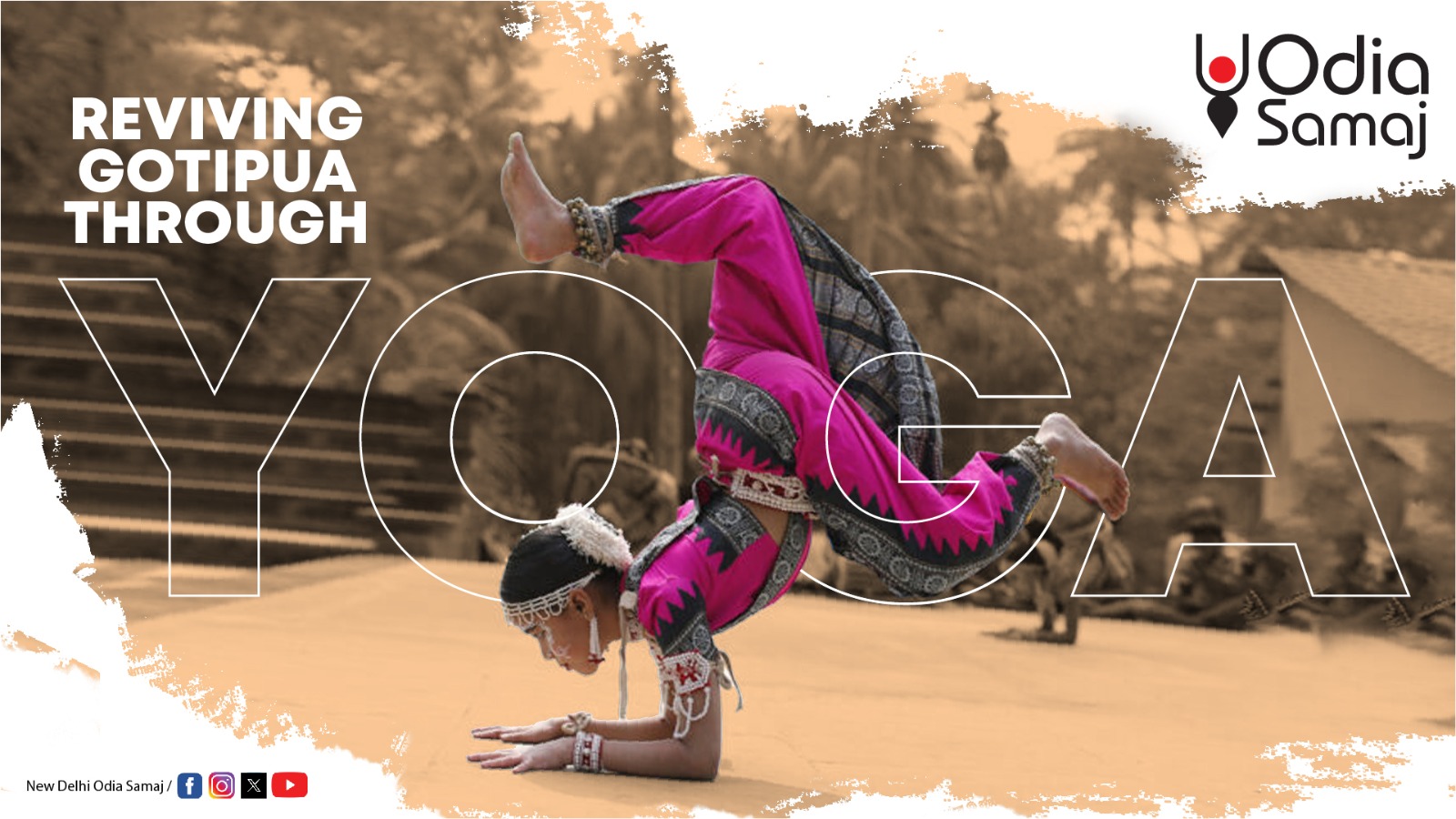Reviving Voices: The Journey of Kui Language in Odisha

Language
is not just a means of communication—it is the heartbeat of a community’s
identity. For the Kandha (Khond) tribal community in Odisha, Kui is that
lifeline. Spoken by nearly 1 million people—precisely 941,488, as
recorded in the 1991 Census—Kui is a South-Central Dravidian language that
carries the oral traditions, wisdom, and lived experiences of one of Odisha’s
largest tribal populations.
Predominantly
spoken in Odisha’s Kandhamal district, where Kandhas form more than half
the population, Kui has also found speakers in parts of Andhra Pradesh and
Chhattisgarh. Despite its regional spread and cultural richness, Kui today
stands at a crucial crossroads. According to UNESCO, the language is classified
as “potentially vulnerable,” meaning it is at risk unless efforts are
made to preserve and promote it—especially among the younger generation.
A
Cultural and Linguistic Heritage
The
Kandhas, recognized as a Scheduled Tribe, have preserved the Kui language for
centuries through oral transmission. Their folklore, songs, rituals, and
traditional knowledge systems are all embedded in this language. With no
original script for centuries, Kui survived through speech—passed down in
households, forests, and village gatherings.
Unlike
dominant languages with well-established scripts and state support, Kui’s lack
of a written form made it difficult for tribal children to relate to formal
education, which was mostly imparted in Odia or English. This linguistic
disconnect led to lower literacy levels and a growing fear that the language
could fade into obscurity.
Kui
Lipi: A Turning Point in Preservation
The
turning point came in 1982, when Dayanidhi Mallick, a resident of
Betikhala village in Kandhamal, invented a script for Kui—now known as Kui
Lipi. With only upper primary education, Mallick was moved by the fact that
Kui-speaking children could not follow school lessons in Odia. He believed that
the absence of a native script was a barrier not just to education, but to
cultural pride.
Inspired
by a dream, Mallick developed the script using human body parts as visual
metaphors—starting with the eye for the first letter. The script consists
of 6 vowels and 23 consonants, written left to right, tailored to the phonetic
needs of Kui. His creation was not a copy of other tribal scripts like Santal
or Saora—it was a unique expression, born from the soul of his community.
Over the years, the script was refined with the help of his disciple Lankeswar Kanhar and support from community leaders like Bhaskar Pradhan and Bhimsenn Pradhan of the Nikhil Utkal Kui Samaj. Kanhar has since developed a typing keyboard for Kui Lipi and is actively working on correcting and publishing educational material in the script.
Behera, L. & Dash, J. (2024). The Invention and Development of Kui Script: A Dravidian Language of Tribal Odisha, Society and Culture Development in India.
In
a landmark decision, the Odisha Cabinet recently recommended the inclusion of
Kui in the 8th Schedule of the Indian Constitution. If approved, this move
would grant Kui official language status, opening the door to its inclusion in
school curricula, government communication, and media. It would also serve as a
major validation of the Kandha community’s linguistic and cultural identity.
This
recognition is not just symbolic—it is practical. It means better educational
resources, more inclusive governance, and stronger efforts toward preserving a
language that has long survived on the margins.
Community
and the Future of Kui
The
response from the Kandha community has been overwhelmingly positive. They see
Kui not only as a language, but as a way to reclaim their identity in a rapidly
changing world. Parents believe that teaching children in Kui will make
education more relatable and enjoyable. Elders see it as a way to preserve oral
traditions that risk being lost.
Despite
the enthusiasm, challenges remain. Books in Kui Lipi are yet to be officially
included in schools, partly due to the need for standardisation and approval.
But efforts led by individuals like LankeswarKanhar are steadily bridging that
gap. By correcting older texts and writing new ones, he is ensuring that Kui
continues to evolve—just as any living language should.
Why
Kui Matters
Languages
like Kui carry with them centuries of accumulated knowledge, especially about
local ecosystems, medicinal plants, and sustainable living practices. Losing
such a language would mean losing a worldview—an irreplaceable perspective on
life and nature. Preserving Kui is, therefore, not just about saving words—it
is about safeguarding wisdom.
With community effort, state support, and cultural pride, Kui is being revived—not as a relic of the past, but as a living language of the present and future.





